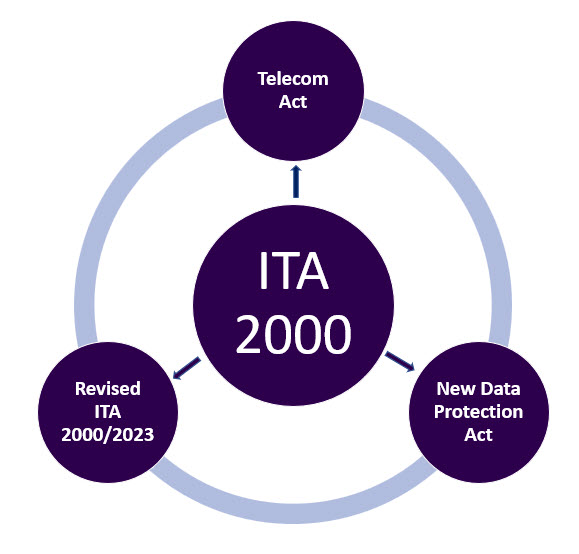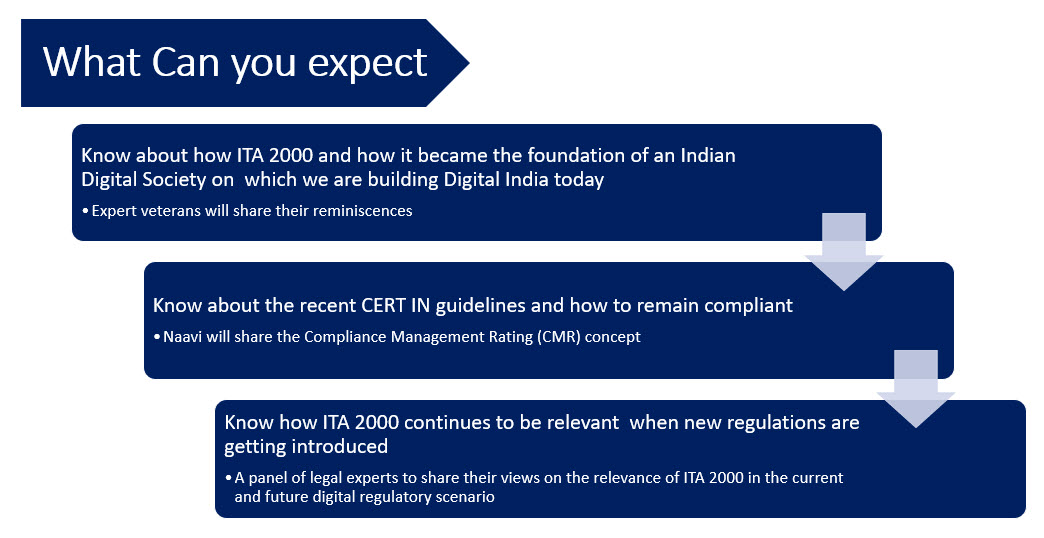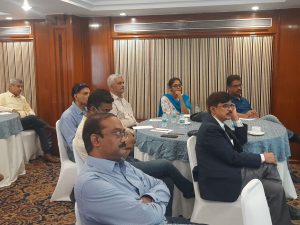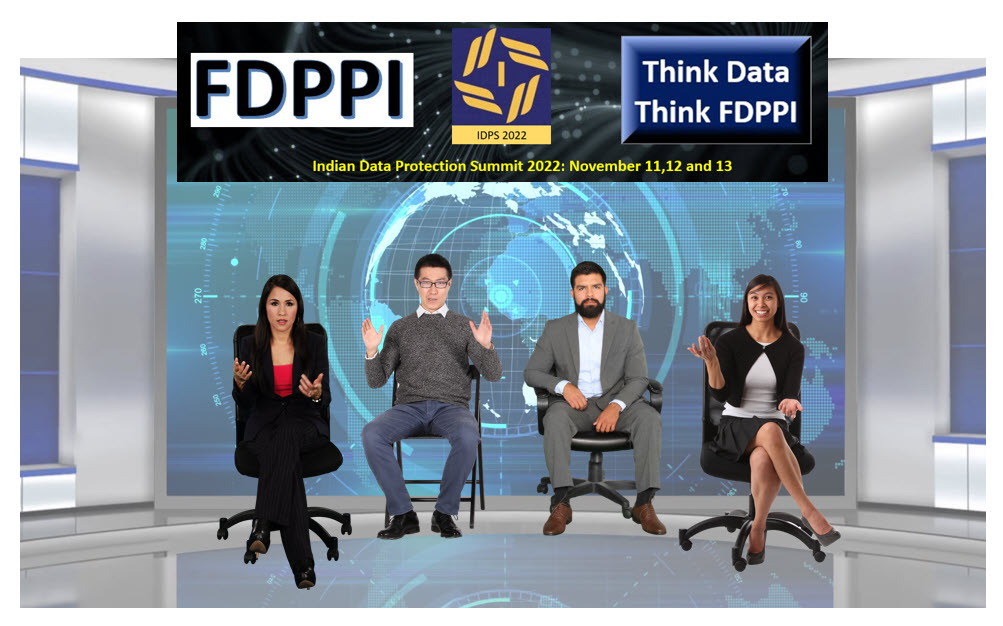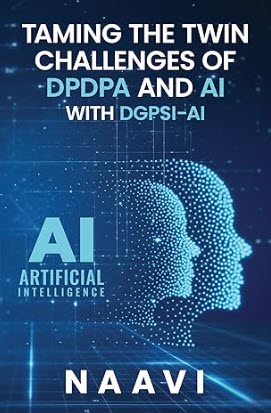FDPPI and Naavi.org successfully celebrated the virtual event to celebrate the Digital Society Day 2022, on October 17, 2022. A Brief report of the event is presented below.
The event started with a brief welcome from T C Manju, Consultant Operations, FDPPI. This was followed by Naavi introducing the importance of the day and also introducing the FDPPI and its activities briefly.
This was followed by a talk from Mr Rakesh Maheshwari, Senior Director, MeitY on his experiences regarding ITA 2000 particularly in the implementation of the Intermediary guidelines.
This was followed by Dr (Advocate) Pavan Duggal who shared his reminiscences on ITA 2000. Dr (Advocate) Prashant Mali followed with his views and suggestions on ITA 2000.
This was followed by a brief presentation by Naavi on the concept of Compliance Management Rating (CMR) for CERT-IN and ITA 2000 compliance.
There after a panel consisting of Commander Mukesh Saini, Dr A Nagarathana, Dr Mahendra Limaye and Advocate M G Kodandaram discussed the relevance of ITA 2000 in the current regulatory scenario.
In the valedictory session, Commander Rajeev Seoni, presented a summary and his views on the proceedings. A Lucky draw was held for the participants who attended the program and three persons were chosen by a spinning wheel draw and they will be sent FDPPI T-Shirts.
Vote of Thanks was provided by Ashok Kini, Co-Founder Klickstart.
A link to the recording is available here.
 |
 |
 |
 |
 |
 |
 |
 |
 |
We thank all those who made the event a success.
A link to the recording will be provided as soon as it is made available from the platform service provider.
Naavi




